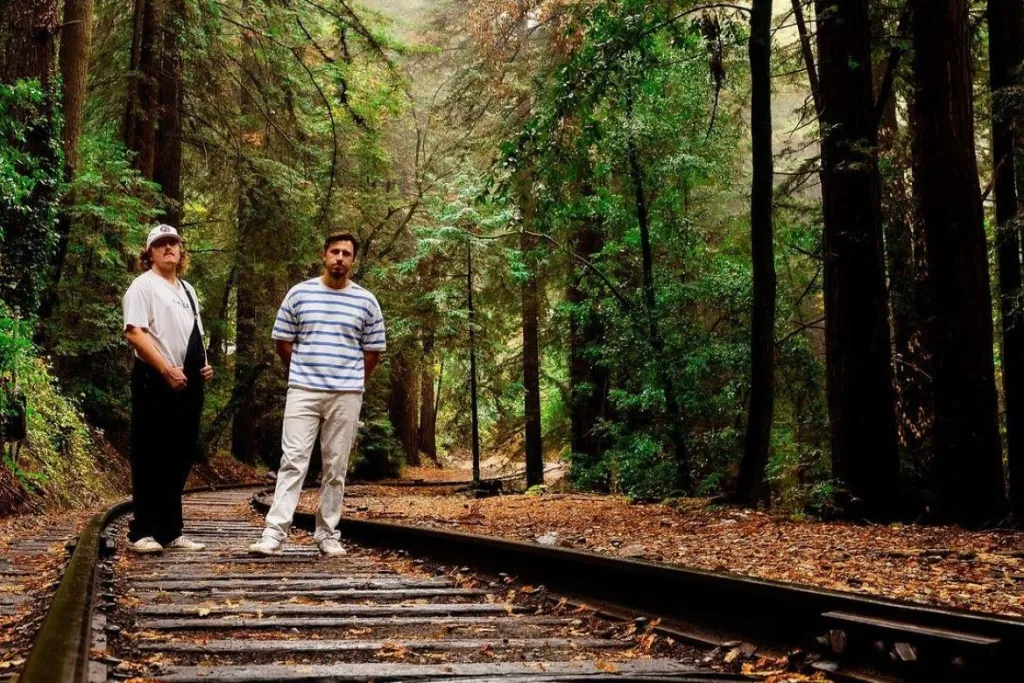WARNING: The following contains spoilers for Lovesickness: Junji Ito Story Collection by Junji Ito, available in English now from Viz Media.
Junji Ito is no stranger to depicting small Japanese towns that start off normally before spiraling into madness, chaos, mass destruction and death. This is the premise of his popular work Uzumaki (which is getting an anime adaptation this year) and is explored on a more apocalyptic scale with Gyo and Remina. It's no surprise then that Ito's Lovesickness manga (now available in English by Viz Media) follows a similar pattern.
On the surface level, Lovesickness has all the hallmarks of traditional Japanese horror, beginning with a tragic death resulting in the emergence of a deadly curse. There is even a malevolent spirit known as an onryou carrying out that curse, resulting in more deaths. The victims begin to haunt the small town as yurei (ghosts) reliving the manner of their deaths. On the first read-through, there appears to be nothing special about Lovesickness. The second time, however, a pattern emerges to reveal a hidden message: the story is really exploring the deadly consequences of following popular trends.
Lovesickness follows high school student Ryusuke Fukada as he moves back to his hometown of Nazumi. Eight years prior to the story's events, Ryusuke met the pregnant aunt of his childhood friend Midori, who decided to get a crossroads fortune. In this method of fortune-telling, a person stands at a crossroad and asks the first person they encounter to tell them their fortune. Ryusuke was the first person Midori's aunt encountered so she asked him to tell her fortune. Since Ryusuke was in a bad mood that day, he told her something hurtful he later regretted. When he decided to check up on his friend's aunt the next day, he learned she had committed suicide. He's carried the weight of this death on his conscience ever since.
In the present timeline, Ryusuke reunites with Midori and gets romantically involved with her, but withholds the truth about her aunt's death. Around the time of his return, high school girls start doing crossroads fortunes and begin seeing a mysterious bishounen in black. After he tells them their fortunes, the girls are driven to commit suicide in the same manner as Midori’s aunt. Before long, the bishounen in black becomes a popular figure among young women, with more of them doing crossroads fortunes for a chance to see him.
Every girl who encounters the bishounen in black behaves oddly before her inevitable demise. When Midori’s best friend Suzue falls victim, she tells Ryusuke's friend Tejima that Ryusuke is the aforementioned bishounen and that she is in love with him. Soon after, rumors start spreading around Nazumi about Ryusuke being the bishounen in black, forcing him to go into hiding. With his life now turned upside down, he decides to tell Midori the truth about her aunt’s suicide and takes it upon himself to try and stop the bishounen before the whole town falls victim to his curse.
While Lovesickness was published in a decade that predates social media, it still depicts many hallmarks of popular trending, including the power it has over human behavior. Like every popular trend we observe in our more globalized societies, it always starts with a major event taking place.
If the event happens to be tragic, the human response will be a lot stronger, sometimes even violent. With Lovesickness, Ito uses the initial death of Midori’s aunt as the major event that gives birth to Nazumi’s curse, only picking up momentum when Ryusuke moves back to town nearly a decade later. The manner in which Ryusuke drove Midori’s aunt to suicide set the standard for the suicides that followed, effectively giving birth to a harmful trend and even deadlier sensationalism.
One consequence explored with Nazumi's sensationalized suicides is that teenaged girls become obsessed with the mysterious bishounen in black, effectively turning him into a celebrity figure. Since the bishounen only appears to people who participate in crossroads fortune-telling, many teenage girls start doing them for a chance encounter with him. It doesn’t matter that he’s a dangerous person with a high body count tallied next to his name. They only care that he’s good-looking and that he’s become the object of their fantasies. Their “love” then turns tragic once they take what his words to heart and start behaving in ways that lead them to their deaths.
Ito makes a very strong point about the harmful nature of celebrity culture that spins out of popular trends. With unhealthy idolization comes self-destructive behavior and the real harming of other human beings. For the latter point, Ito places Ryusuke in the role of a victim of mistaken identity. When Suzue misinforms Tejima that Ryusuke is the bishounen in black due to having a similar appearance, Tejima hurts Ryusuke by spreading that rumor around the entire town.
It doesn't take long for Ryusuke's life to be turned upside down once the town residents are convinced he's the mysterious bishounen. School becomes stressful the moment he starts finding love letters in his shoe cubby from obsessed girls. Things take a turn for the worse when girls begin stalking him home in groups, inevitably forcing him to go into hiding for both his own protection and his family's safety. Being mistaken for the bishounen also means he can't go to the police for protection because they're treating him as a serial killer pending arrest.
As a horror manga, Lovesickness follows many of the same conventions found in traditional Japanese horror stories. As a Junji Ito story, it offers greater introspection on the harmful nature of popular trends and the deadly consequences it has on human behavior.
About The Author

